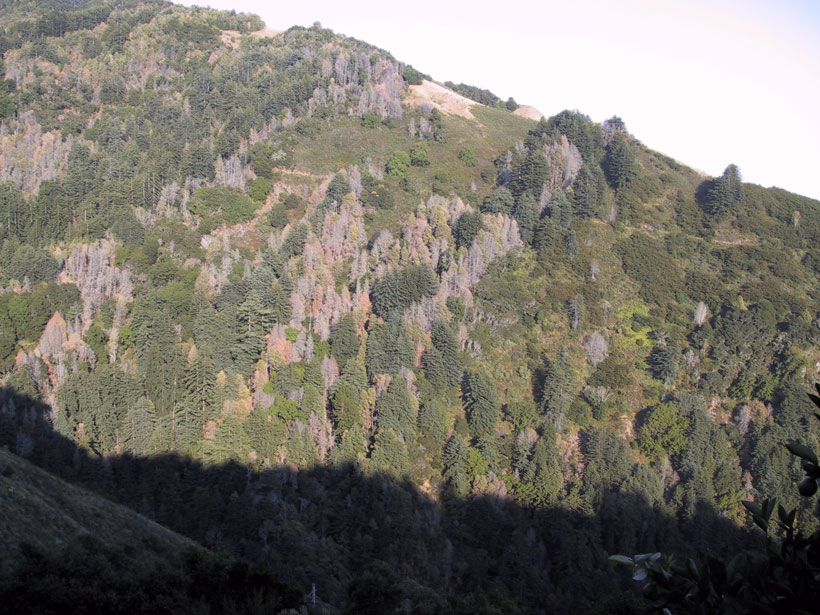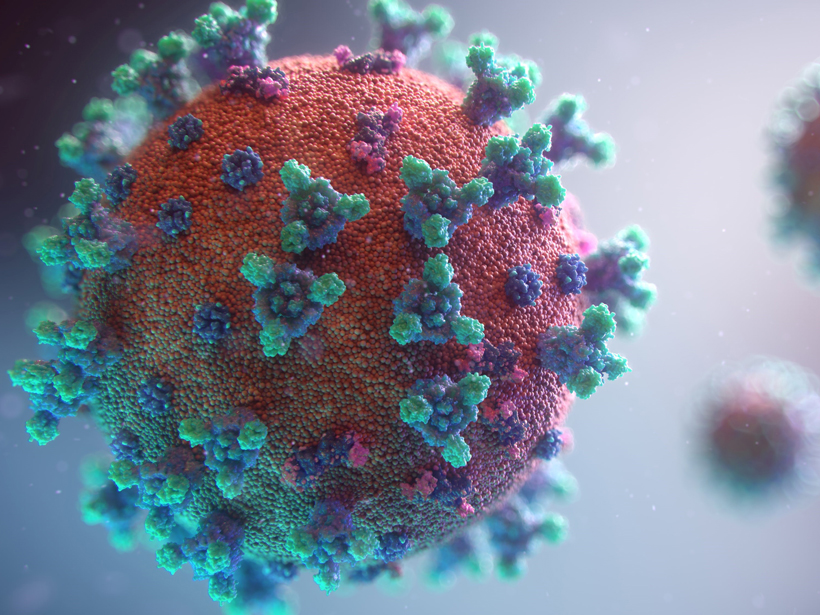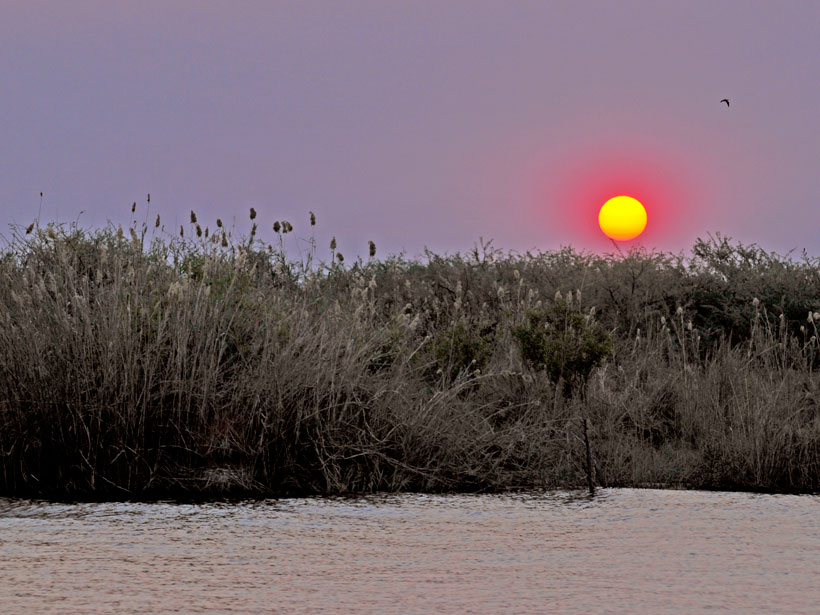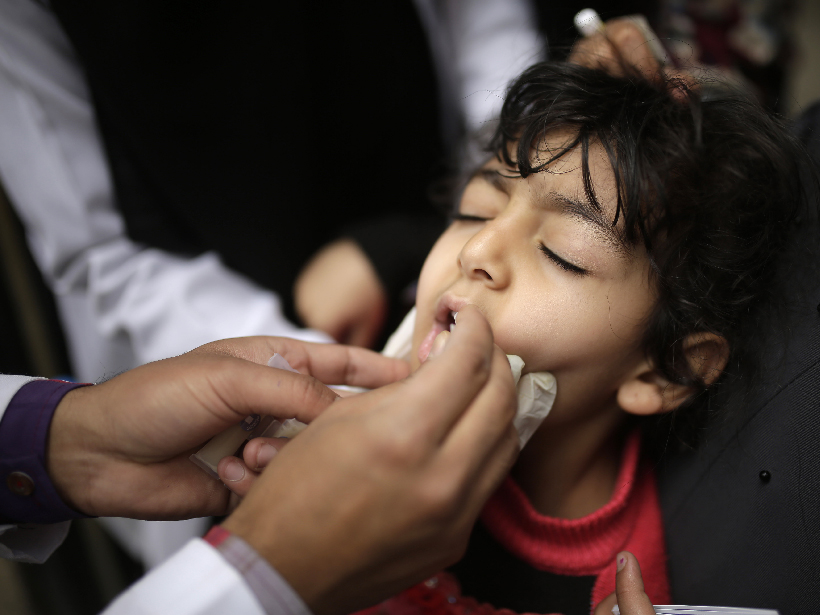Living near a forest edge may be an important risk factor for Lyme disease; these liminal spaces provide the perfect habitat for one of the black-legged tick’s favorite hosts.
disease
Sudden Oak Death Taking a Toll on U.S. West Coast
Researchers have been modeling effects of the plant pathogen Phytophthora ramorum on coastal forests in California and Oregon since it arrived on the West Coast 3 decades ago.
When Natural Disasters Cross the Path of COVID-19
Natural hazards are intersecting with the coronavirus pandemic in India, and researchers will need to model both to inform the public health response.
The Role of Earth and Space Scientists During Pandemics
Insights from Earth and space sciences are valuable for addressing the current global health emergency, and such societal challenges are best addressed by integrated and interdisciplinary research.
Fresh Approaches to Protecting Human Health from Pollution
New low-cost monitoring and mapping techniques can identify multiple pollution sources and reduce related human disease and death.
Using Climate Studies to Better Predict Diarrhea Outbreaks
Researchers have found new connections between La Niña climate conditions and the leading killer of children worldwide.
Will Melting Sea Ice Expose Marine Animals to New Diseases?
Marine mammals previously separated by Arctic ice may have more opportunities to interact as water routes redefine habitats and species ranges.
Asbestos Fibers Thread Through Rocks and Dust Outside Vegas
Scientists found natural asbestos minerals in one of the fastest-growing counties in the United States. The health implications aren’t clear, nor are the impacts on development.
El Niño May Be a Culprit Behind the Cholera Epidemic in Yemen
Increased rainfall in East Africa and subsequent wind may have brought infected bugs to Yemen, causing the worst cholera outbreak of our time.
Leaping Global Temperatures Make Frog Disease Deadlier
Climate change will shift the warmest months, when disease rates spike, into tadpole season, which could endanger the long-term survival of common frogs.










